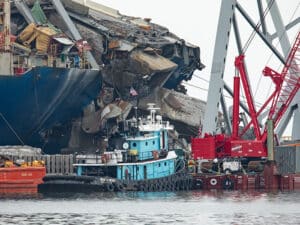
MHI delivers “super eco” passenger/cargo ship
Written by Nick Blenkey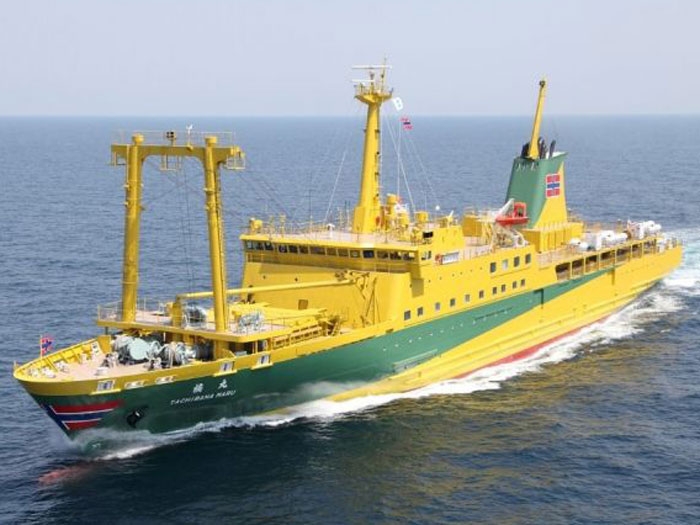
JUNE 4, 2014 — Japan’s Mitsubishi Heavy Industries, Ltd. (MHI) reports that its Shimonoseki Shipyard and Machinery Works has delivered the cargo-passenger ship Tachibana-Maru to Tokai Kisen Co., Ltd.
MHI says that the vessel is a “super eco-ship” with a high-efficiency propulsion system that achieves outstanding energy savings, environmental load reduction, and enhanced passenger comfort and safety.
The ship has a distinctive color scheme of yellow ocher and olive green designed by Ryohei Yanagihara, a well-known Japanese illustrator who is also an honorary captain at Tokai Kisen.
The 5,681 gt ship measures 118.0 m in length overall (LOA), 17.0 m in width, 8.95 m in height and has a 5.4 m in draft. Its service speed is 19.0 knots.
The shipbuilder began construction of the ship in March 2013 and launched it in November of the same year. It will enter service on the route between Tokyo and the Izu Islands on June 27, 2014.
The ship employs a tandem-hybrid contra-rotating propeller (CRP) propulsion system developed by MHI with single-shaft propulsion propellers driven by low-speed marine diesel engine and electric-drive azimuth propulsion propellers that enable the direction of propulsion power to be freely changed.
In comparison with conventional twin-shaft propulsion systems, the new system requires fewer propulsion system appendages, such as skegs, shaft brackets and rudders, and reduces water resistance, and improves energy-saving efficiency by allowing the use of only fuel-efficient low-speed diesel power in bays and channels where slower navigation speeds are required.
The new propulsion system enables the Tachibana-Maru to achieve 15.6% higher fuel efficiency than the 4,973 gt , 120 m Salvia-Maru, a cargo-passenger ship built by MHI in 1992 and currently in service at Tokai Kisen.
In addition, the use of an electronically controlled fuel injection system enables the main low-speed marine diesel engine to achieve higher combustion efficiency, thereby ensuring that the Tachibana-Maru emits less carbon dioxide (CO2) and nitrogen oxides (NOx) than the earlier ship. It is also equipped with a system that utilizes exhaust gas thermal energy more efficiently.
The propulsion system’s ability to deliver the required power using only a single-shaft configuration, with the load shared between a single diesel engine and an electric drive system, ensures higher passenger comfort by reducing both noise and vibration. Additionally, the electric-drive azimuth propulsion system can be used as a stern thruster in combination with the bow thruster to enhance safety and swiftness when approaching or departing the pier.
MHI is making eco-ships with enhanced energy-saving and environmental performance capability a key product focus of its efforts in the shipbuilding and ocean development business sector.
With the Tachibana-Maru as a reference, the company aims to increase its proposal-based marketing activities in the sector and continue development of various echo-ship related technologies.


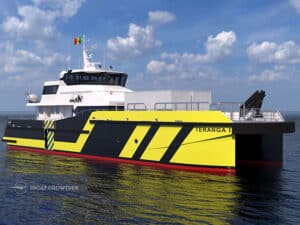
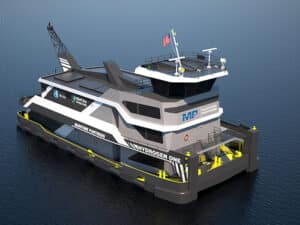
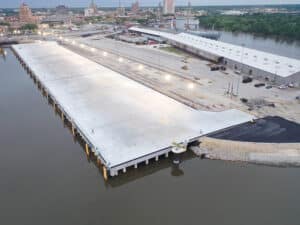
Leave a Reply
You must be logged in to post a comment.